10 tastes of Music Genres depicting Status Symbol

Music is long standing trait closely related to popular and standard culture. The kind of music one prefers to listen has to do with social status. This fact surfaced through a survey a couple of years back in 2015. Choice of music is a strong cultural attribute, which is related to lifestyle and society one is associated with. It was found that the ‘elites’ of the society has a greater preference to certain genres, which are not so popular among the less educated or the less wealthy section of the society. Here are the 10 genres of music identified as favorites in high society.
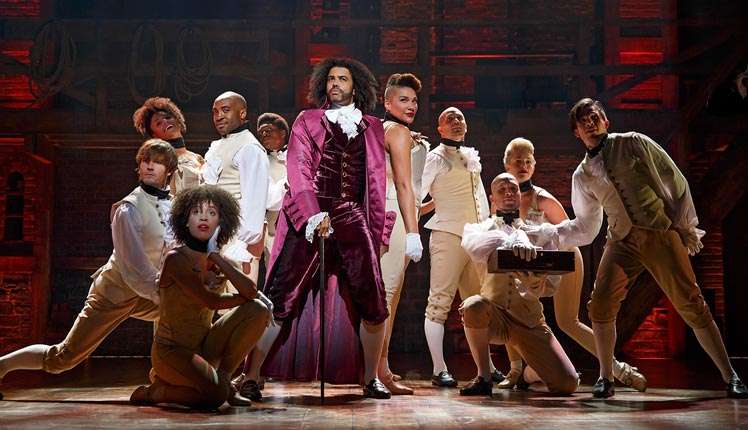
Musical Theater
Musical Theater is a performance that incorporates songs, acting, dance and dialogues. They are also known as Musicals. They are different from operas on several aspects. While musicals focus more on dialogues, operas focus more on songs. Also, musicals involve more dancing and acting compared to operas.
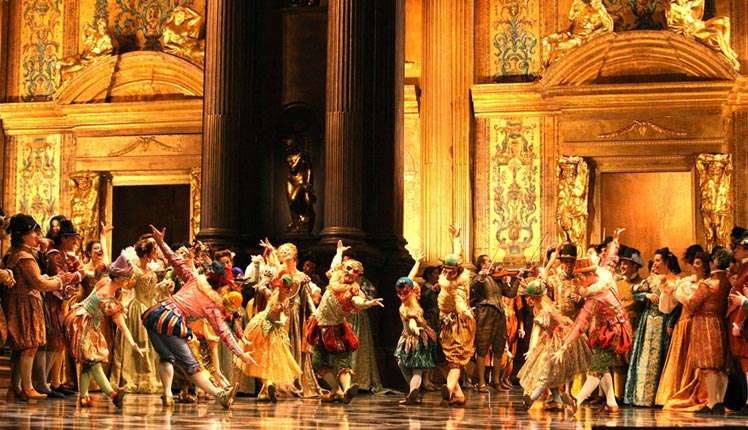
Opera
Opera is more than music. It is a combined art form participated by singers and musicians. They are performed in a theatrical setting as a drama or musical piece. Apart from singing, operas have wide incorporations of several aspects like acting, costumes, speaking as well as dancing. Opera originated in Italy at the end of 16th century. It is a primary part of western classical music. In operas, there are two types of singings styles: recitative and arias. Recitative has less melody and is more speech oriented, while, arias are melodious.
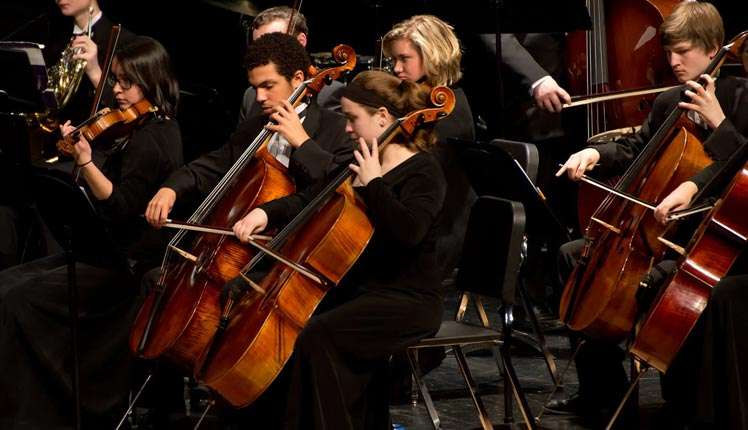
Classical
These is the music form that originated during the Classical period in Western History between 1750 and 1820. However, this is a broad genre that encompass music style dating back to much older past. This music has roots in Western culture related to both secular as well as religious music. Western Classical music is more specific to musicians like Wolfgang Amadeus Mozart, Joseph Haydn and Ludwig van Beethoven. Instruments used in classical music are cello, contrabass, recorder, trombone, timpani, fortepiano and organ.
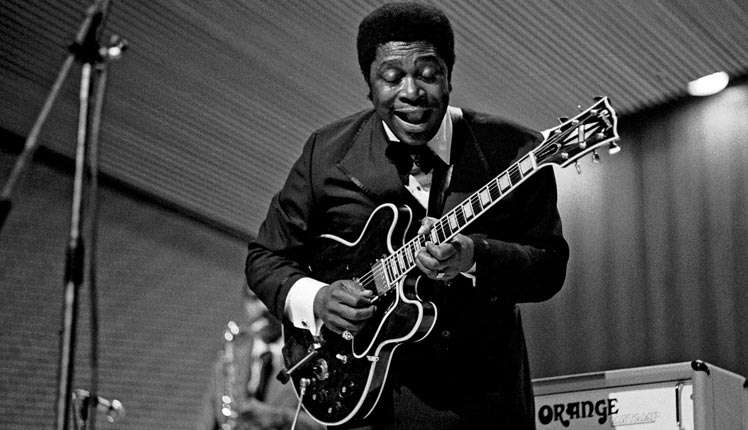
Blues
This genre originated in South of US by the end of 19th century. Developed by Africa Americans this has roots in African folk music. Among its different forms, the twelve-bar blues are the most common. Some popular Blue artists are Charley Patton, Bessie Smith, BB King and many others. Guitar and bass are the primary instruments used in Blues.
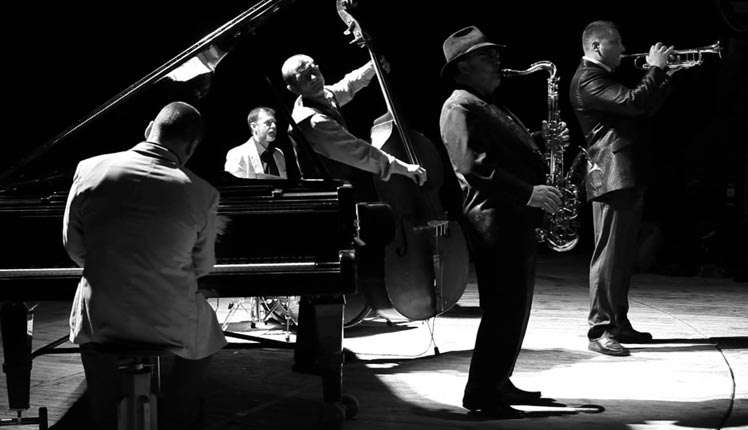
Jazz
Jazz is another genre with roots in Africa, especially West Africa. Its major characteristics are swing, blue notes, call and response vocal and polyrhythms. Improvisation is one of the prime feature of this genre. Jazz originated in New Orleans of US. An early contributor to this music is Eubie Blake. While Betty Carter, Scott Joplin and others are made special contribution to the genre. The upright bass, percussions, Piano, trumpets, trombone and saxophone are the primary Jazz instruments.
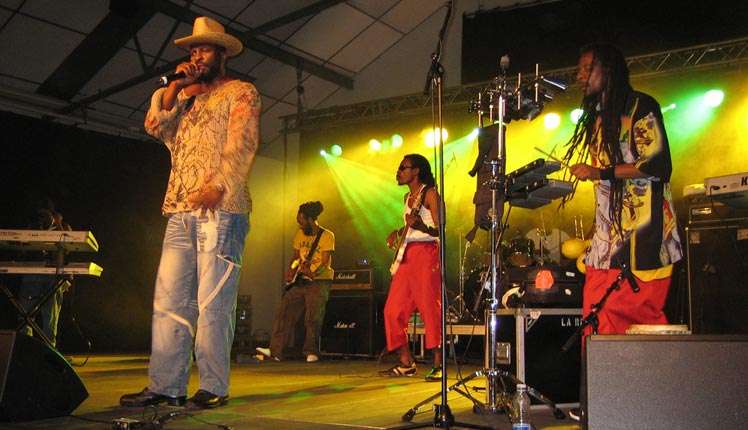
Reggae
This genre originated in Jamaica in late 1960s. These music features drum and bass, however, as it spread across the world local instruments are also incorporated. Reggae has a string influence of traditional mento and calypso music. Bob Marley is a popular Reggae musician.
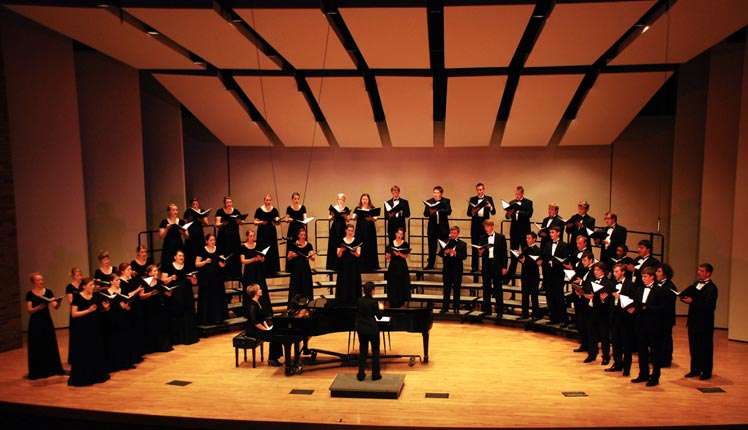
Choral
Choral or Choir is a form of classical music which is sung by a group with a music ensemble. Choirs are characterized by a conductor or Choirmaster, who directs the performance with arm and face gestures. Common instruments used in Choral music are piano, cello, double bass or a complete set of orchestras. This is form of mediaeval music that originated in churches.
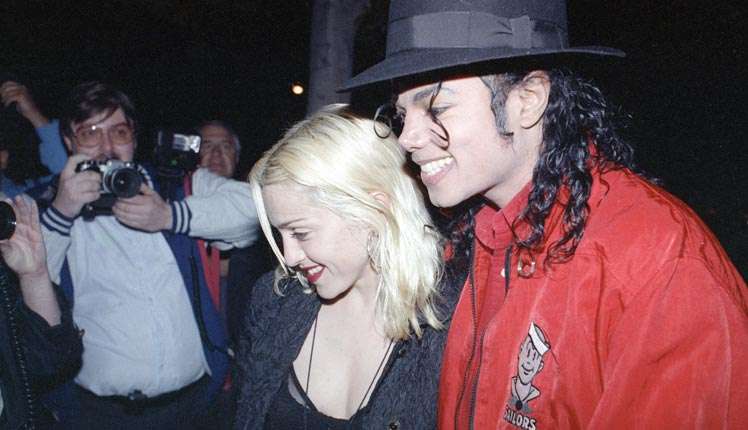
Pop
This is among the most popular music genres that originated in US and UK during 1950s. This genre has a common audience and is not related to particular ideologies or sub-culture. Also, it has many borrowed elements from other music categories. Popular pop artists are Michael Jackson and Madonna, regarded as the King and Queen of Pop. Pop music uses electric sounds extensively.

Rock
It is among the most popular music genres and it has a wide variety. It originated as Rock & Roll music in US in 1950s. It has strong cultural significance in US related to massive social movements. The hippie culture that dominated 1960s in large part of US was a result of rock music. Rock music is often considered as a revolt of the youth towards orthodox cultural setting in the wake of modernity.
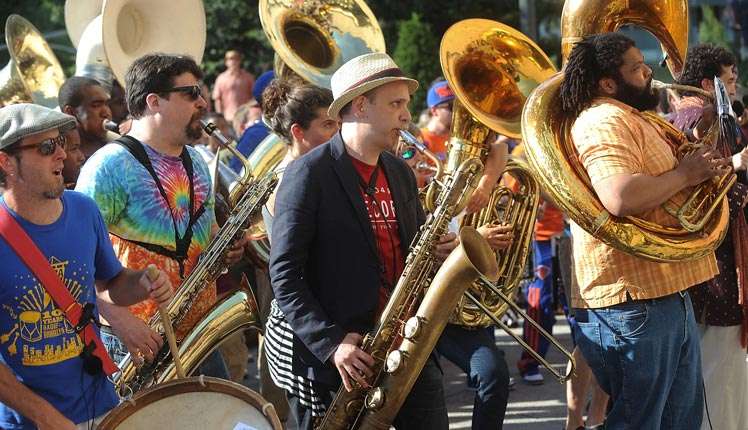
World Music
This genre is a mix of several musical genres across the globe including ethnic and indigenous music. World Music include several forms of non-European classical music like Japanese Koto, Nordic Folk Music, Middle East, Latin and so on.

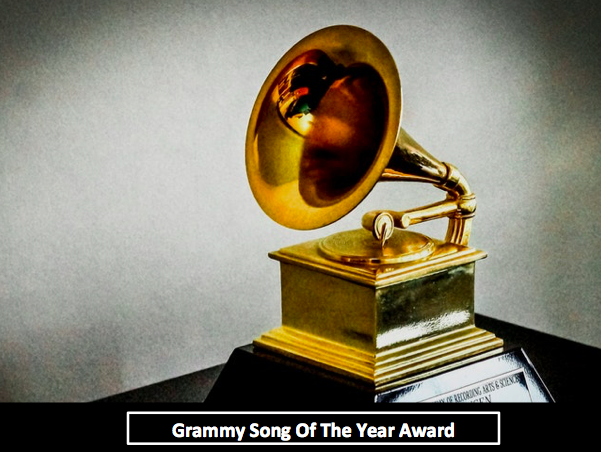


.jpg)
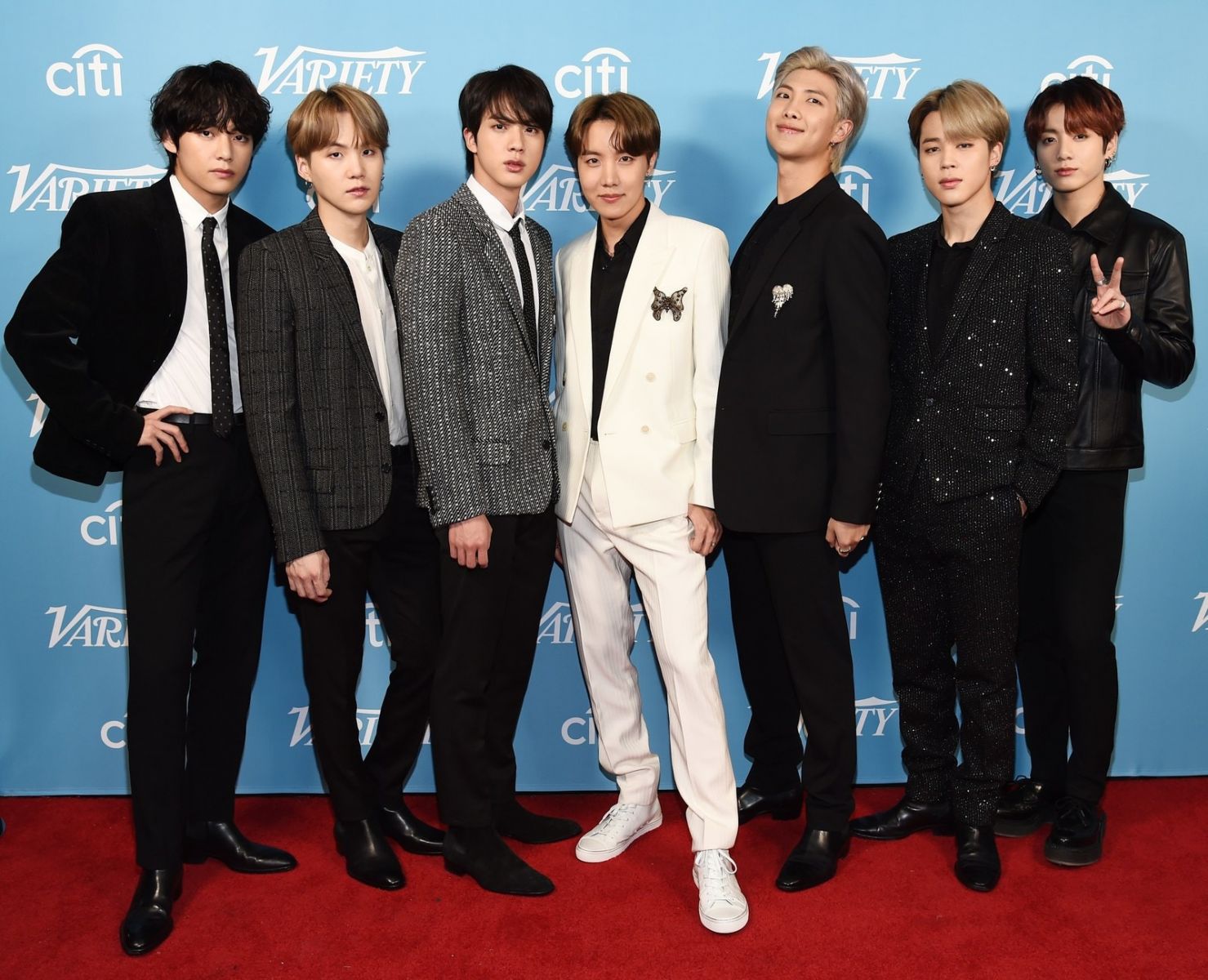

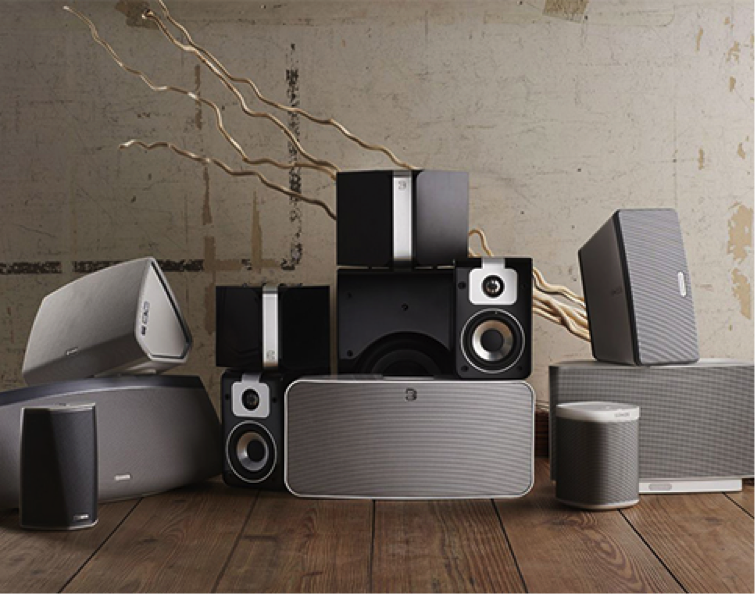
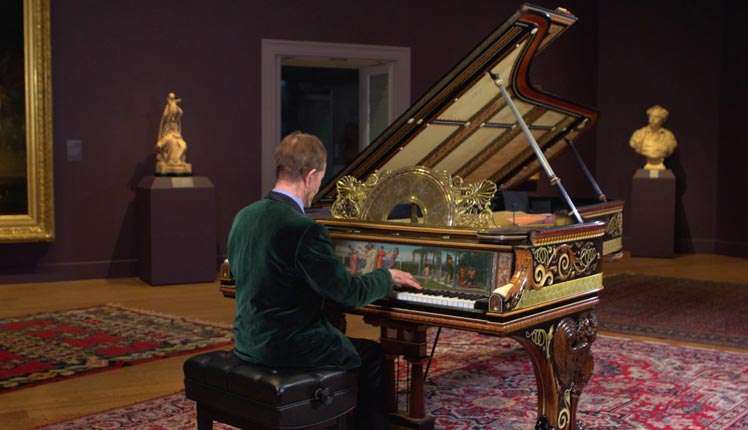


.jpg)






